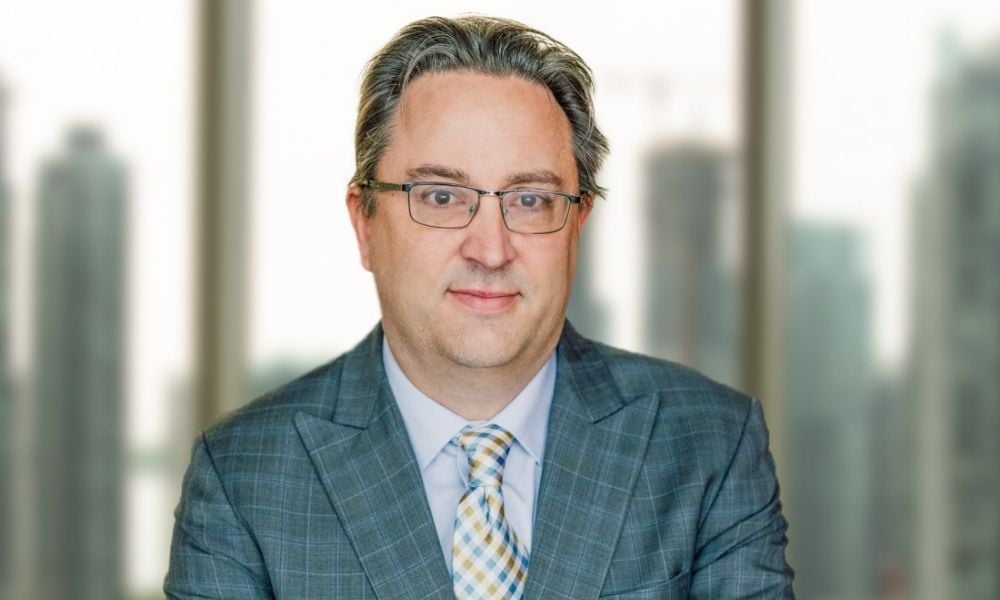Failed funds south of the border offer a cautionary tale

While providing Canadian advisors and investors with an extensive shelf of liquid alternative funds is important, the products’ history in the U.S. also highlights the importance of taking a prudent approach.
“Liquid alts have been around in the U.S. for well over a decade now,” says Richard Rizi, Vice President, Investment Services at Worldsource Wealth Management. “I'd say they have attracted more interest in the U.S. than in Canada, and there’s a lot more history and expertise in offering alternative strategies versus Canada.”
When liquid alternative funds were introduced in the fall of 2018, they were initially only available to IIROC-registered advisors. It was only later that liquid-alt funds would be opened to mutual fund advisors – and Worldsource was among the first dealers to do it.
“We believe in choice for both our advisors and for their clients,” Rizi says. “That belief in choice is ingrained into our culture.”
Of course, that hasn’t blinded the firm to the cautionary tales that have occurred south of the border. As Rizi notes, the history of liquid alternative strategies in the U.S. includes a lot of funds that were ultimately wound up – some within six months of launch, and others up to five years after their inception.
There’s a number of reasons why many funds in the U.S. have not succeeded. In some cases, the manager didn’t have expertise to effectively run the strategy; in other instances, the fund simply wasn’t able to attract the required critical mass of assets to survive and thrive. The fact that the number of funds that have been launched in the U.S. market exceeds launches in Canada by orders of magnitude is also a factor.
“We haven’t seen liquid-alt funds fold up in Canada to the extent that they have in the U.S. But the track record of the Canadian liquid-alt space isn’t as long,” Rizi says. “This fall, the Canadian space will have accumulated a four-year track record with liquid alternatives.”
To build a strong platform of liquid alternatives, he says Worldsource places a high priority on the KYP process. The guiding principle is to select and approve funds with the expectation that they would have a long shelf life.
“When we approve those funds, it’s not just for the next six months. We're approving them for the next three, five, and 10 years. Because if the fund winds up, it's not the best experience for the dealer, for the client and for the advisor,” Rizi says.
Often, the decision is fairly simple: a manager may take a pre-existing exempt market fund with a long history, then create a very similar strategy and put it in a liquid-alt wrapper. In many cases, he says, a hedge fund strategy that IIROC’s already approved for its IIROC advisors becomes available as an alternative mutual fund, which gets grandfathered onto its liquid-alts platform.
“Not all managers that have come out with liquid alternative mandates actually have the experience we’d like them to have running alternative strategies,” Rizi says. “That doesn’t mean they won’t be successful. It just means that before we approve them, we’ll continue to monitor their performance just to make sure a given strategy is doing what it’s supposed to do.”
Beyond expertise and experience, he says the financial position of a manager may be a factor to pay attention to. If the manager isn’t strong, it might not be able to withstand bouts of market stress, or have the capacity to muster the assets needed for its strategies to survive. More importantly, Rizi says the funds and managers on the product shelf should always be subject to re-evaluation.
“KYP is not a one-and-done exercise. You have to constantly be looking at liquid-alt products to make sure the manager is performing as expected,” he says. “If they believe that their strategy provides a lower-volatility experience to the investor, for example, we want to make sure that’s showing up in the strategy’s performance.”



